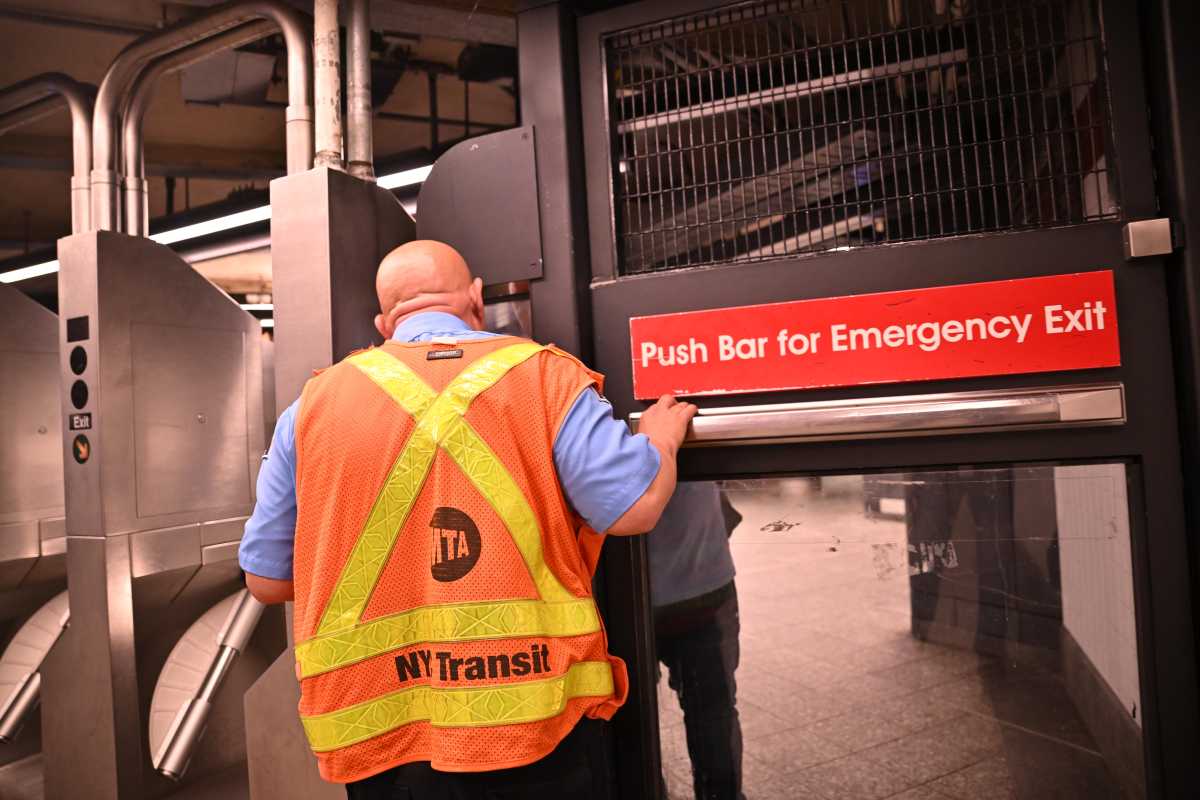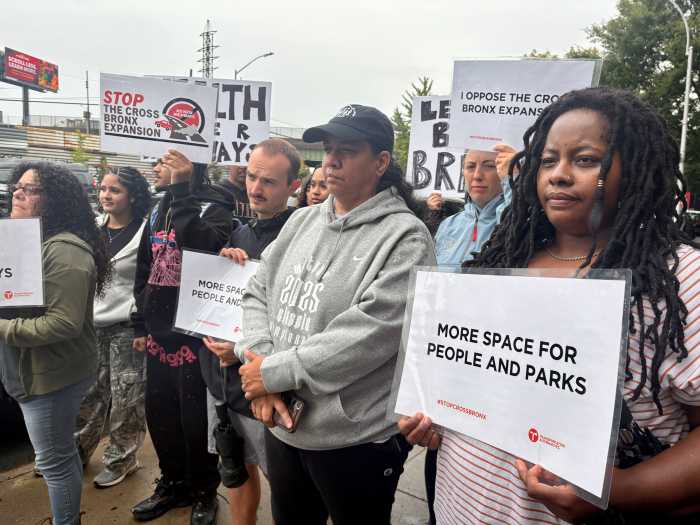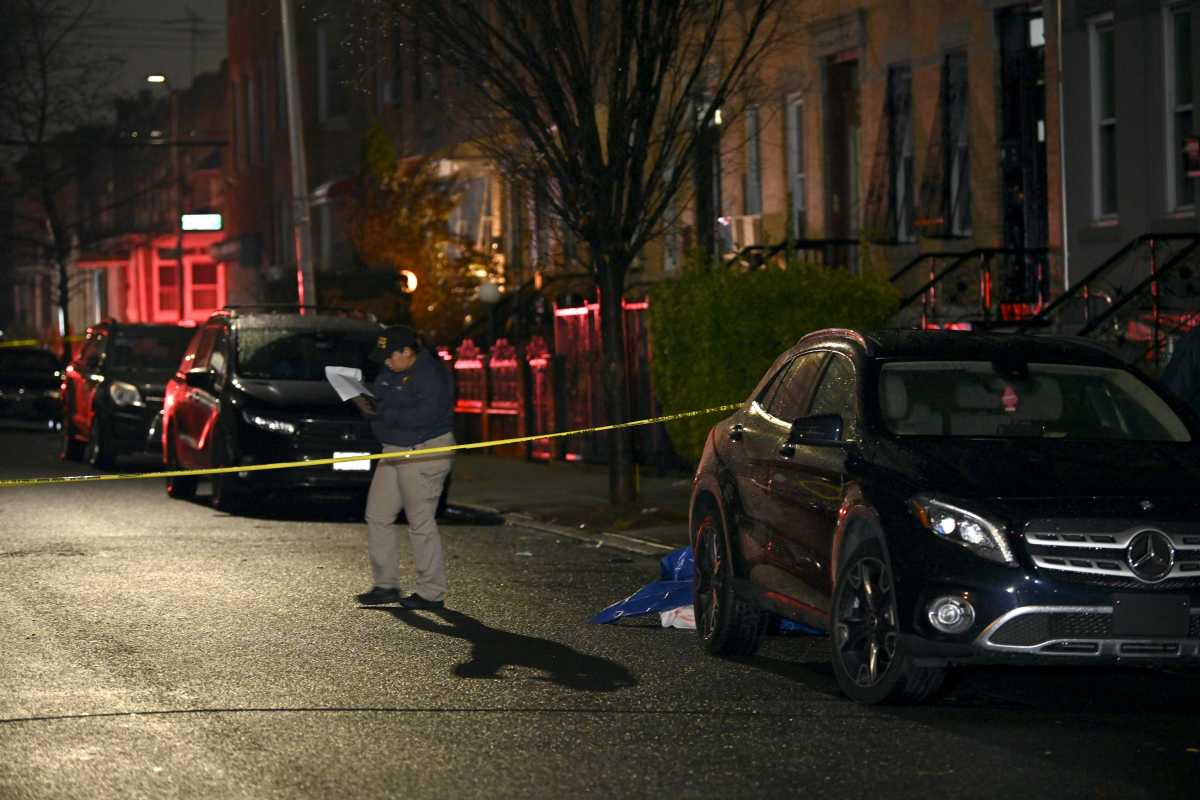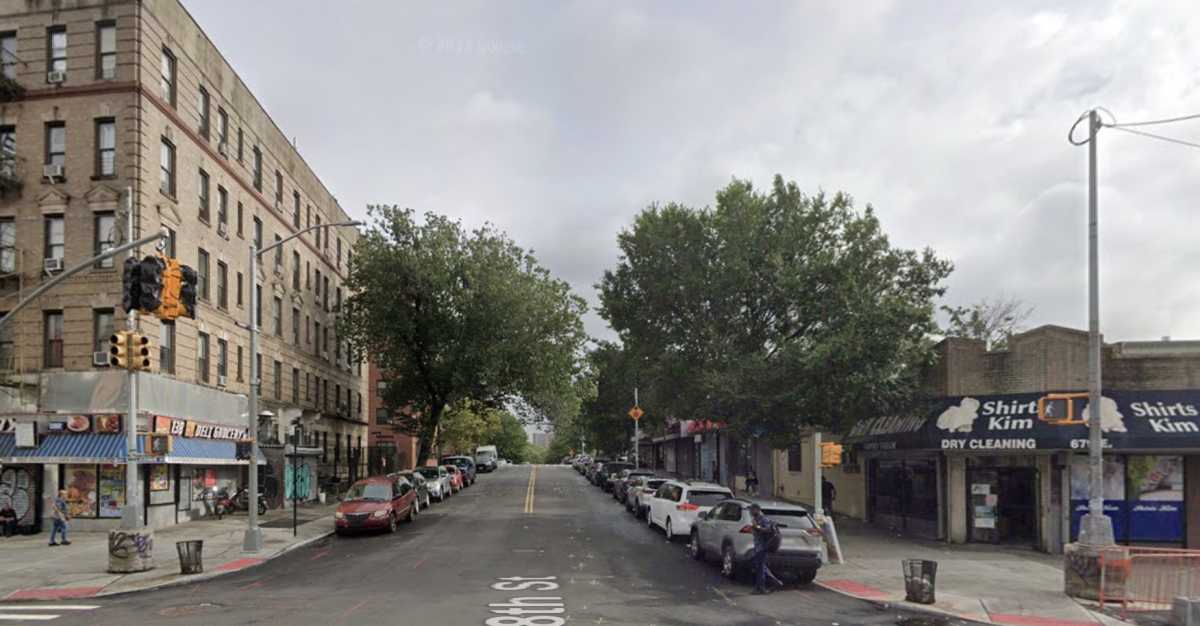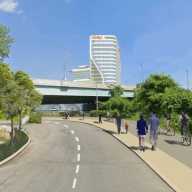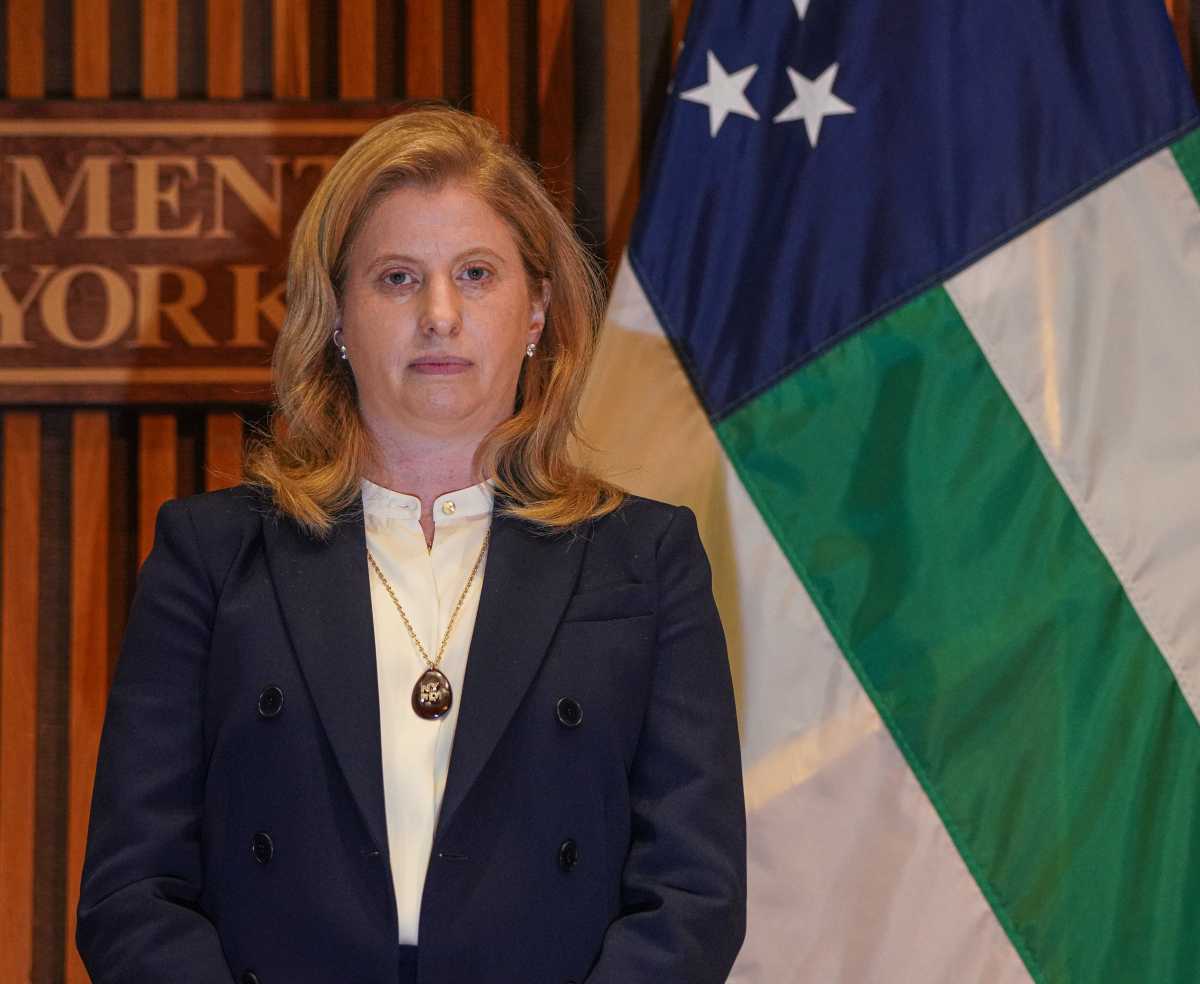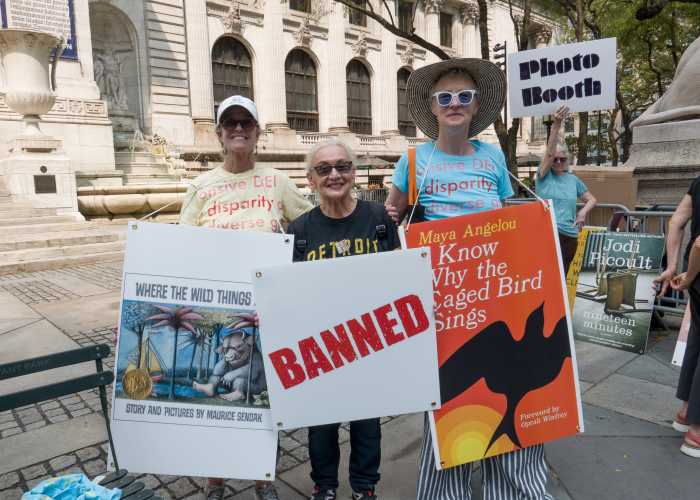The 2012 New York City budget could leave a few Bronx landmarks looking different.
The mayor’s proposed budget calls for an approximately 50 percent cut in funding for cultural institutions, which includes borough staples likethe Bronx Zoo and the New York Botanical Garden.
The operators of the world renowned attractions have argued that the cuts would force them to scale back hours of operation, which would in turn hurt local business that rely on the potential customers who visit from outside of the borough, outside of the city, and out side of the state.
“Organizations like the Bronx Zoo, Botanical Garden, Bronx Museum of the Arts all play a tremendous role in the economic vitality of the borough,” said John Calvelli, executive VP for public affairs at Wildlife Conservation Society, which runs the zoo.
Botanical Garden president Gregory Long testified at a city council hearing about the cuts on Monday, June 6. Long stated that in addition to service rollbacks and staff layoffs, the cuts to the Garden’s regional tourism budget would result in a loss of visitors driving in from upstate and out-of-state. These visitors not only support the Garden, but Bronx and Manhattan businesses, he said.
Calvelli would not speculate on the direct impact of the funding cuts. Long said the “hours of service to the public will have to be reduced,” which would also mean fewer visitors to the Bronx.
Visitors to both the zoo and the Botanical Garden find themselves in the heart of both Fordham Road and the Little Italy retail centers. Dan Bernstein, deputy executive director for the Fordham Road Business Improvement District, has been following the proposed cuts.
“I think it would be horrible if their funding was cut, since it means fewer hours and there would be a lot less visitors, which would obviously mean less business for stores on Fordham Road,” Bernstein said. The BID has been running a letter-writing campaigns to elected officials, in concert with the nearby institutions.
One area which neither the Garden nor the zoo is hurting is executive compensation. In May, The Wall Street Journal obtained IRS filings that show the salaries of top officials from publicly-subsidized city institutions. Long was paid over $900,000, while Steven Sanderson, president and CEO of WCS was paid more than $1.5 million. Nevertheless, Calvelli said his organization will keep working until the deadline at the end of June to fight the city’s cuts.


